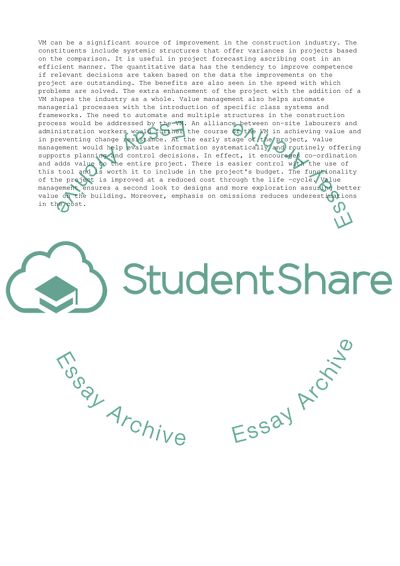Cite this document
(The Value Management Team: Engineer Instructor and Construction Research Paper, n.d.)
The Value Management Team: Engineer Instructor and Construction Research Paper. Retrieved from https://studentshare.org/management/1746639-value-and-risk-management-assessment
The Value Management Team: Engineer Instructor and Construction Research Paper. Retrieved from https://studentshare.org/management/1746639-value-and-risk-management-assessment
(The Value Management Team: Engineer Instructor and Construction Research Paper)
The Value Management Team: Engineer Instructor and Construction Research Paper. https://studentshare.org/management/1746639-value-and-risk-management-assessment.
The Value Management Team: Engineer Instructor and Construction Research Paper. https://studentshare.org/management/1746639-value-and-risk-management-assessment.
“The Value Management Team: Engineer Instructor and Construction Research Paper”, n.d. https://studentshare.org/management/1746639-value-and-risk-management-assessment.


